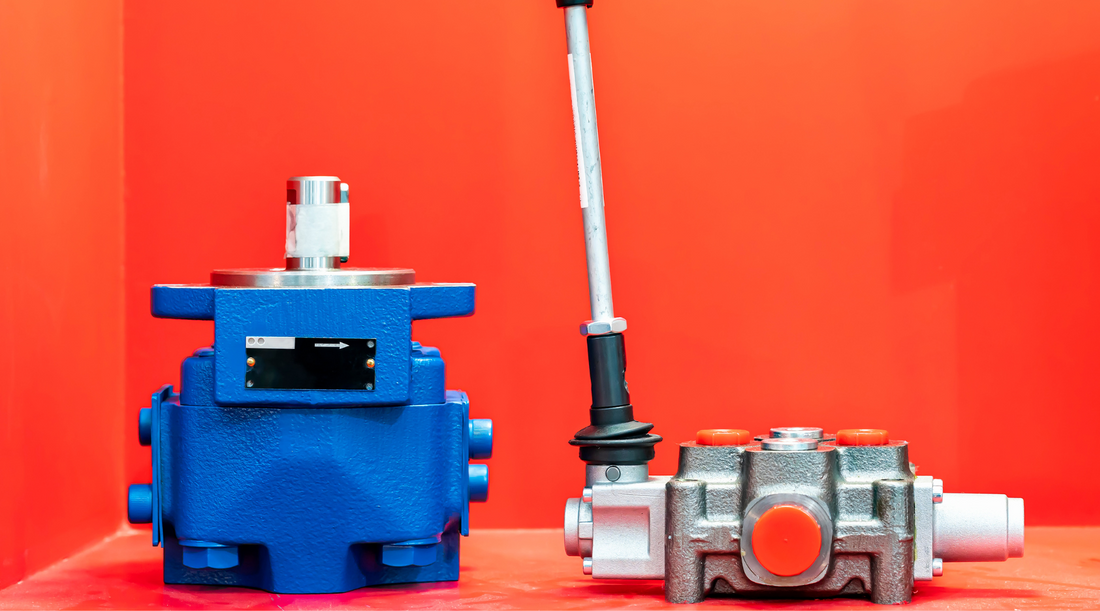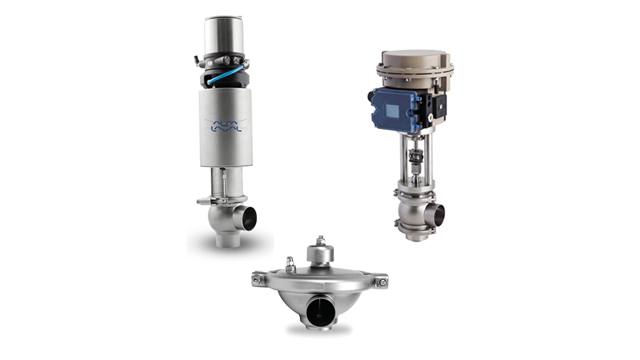Choosing the Right Control Valves: A Guide to Optimal System Performance
Choosing the Right Control Valves: A Guide to Optimal System Performance
Blog Article

Maximize Energy Savings and Comfort With Advanced Structure Automation Controls
In the realm of modern architecture and center monitoring, the assimilation of advanced structure automation regulates stands as a crucial improvement. By taking advantage of the power of automation, structures can adjust, respond, and progress in methods that were as soon as inconceivable.
Energy Performance Benefits
Energy effectiveness advantages can significantly minimize power consumption and operational prices in buildings. By implementing energy-efficient techniques and technologies, building owners and operators can accomplish considerable savings while likewise adding to environmental sustainability. One of the primary benefits of enhancing power efficiency in structures is the reduction of utility expenses. Energy-efficient systems, such as advanced building automation controls, can optimize making use of sources like heating, illumination, and air conditioning, resulting in lower power expenses gradually.
In addition, improved energy performance can prolong the life-span of building equipment and systems. By running much more successfully, HVAC systems, lighting fixture, and other structure components experience much less wear and tear, causing decreased upkeep and replacement prices. Furthermore, energy-efficient structures commonly command greater building values and rental prices, offering long-term economic benefits to proprietors.
Moreover, energy performance can boost passenger comfort and performance. Properly regulated interior atmospheres with ideal lighting and thermal problems produce a more conducive and pleasant work space, causing enhanced worker contentment and efficiency. In general, the power efficiency benefits connected with advanced building automation controls are diverse, incorporating cost financial savings, ecological stewardship, and occupant health.
Improved Convenience Control
Enhancing comfort control in building environments requires an innovative assimilation of advanced automation systems for optimal occupant well-being. By using advanced structure automation controls, centers can customize the indoor setting to meet the specific needs and preferences of residents. control valves.
By incorporating these sophisticated controls, structures can not only improve convenience but likewise boost energy effectiveness by maximizing system operations based on actual tenancy and use patterns. Eventually, focusing on occupant comfort with innovative automation systems leads to a much more delightful and healthier interior setting.
Operational Performance Improvements

In addition, the application of real-time surveillance and analytics tools allows structure operators to determine power ineffectiveness and functional anomalies without delay. By constantly checking energy use patterns and system efficiency metrics, changes can be made in real-time to maximize power usage and make sure peak functional effectiveness. control valves. Furthermore, including need action methods into building automation controls can additionally enhance operational effectiveness by see page dynamically readjusting power use based upon grid problems and prices signals
Indoor Environment Optimization
Reliable indoor climate optimization is a fundamental aspect of structure automation controls, making sure residents' comfort and wellness while maximizing energy cost savings. By using sophisticated sensing units and controls, building automation systems can continuously keep an eye on and adjust temperature, humidity degrees, air top quality, and air flow to develop an ideal indoor environment. Maintaining comfy and regular problems not just improves passenger contentment yet additionally improves efficiency and general well-being.
Indoor environment optimization also plays an important function in power effectiveness. By fine-tuning air conditioning, ventilation, and heating systems based upon real-time information and occupancy patterns, building automation controls can significantly reduce energy intake - control valves. As an example, executing strategies such as demand-controlled air flow and this content thermal zoning can help decrease energy waste while ensuring that each location of the building obtains the required conditioning.

Sustainable Atmosphere Creation
Structure automation regulates not just enhance indoor climate problems for power effectiveness and resident comfort yet also lay the foundation for developing a lasting atmosphere with tactical management of systems and sources. By integrating advanced structure automation innovations, such as sensors, actuators, and smart software program, facilities can change and monitor power usage in real-time to minimize waste and lower their carbon footprint. These systems enable predictive upkeep, determining potential concerns before they escalate and maximizing tools efficiency to improve durability and effectiveness.
Furthermore, sustainable atmosphere development prolongs past energy administration to encompass water preservation, waste decrease, and indoor air high quality improvement. Building automation controls can manage water use, find leaks, and ensure proper garbage disposal techniques, adding to general sustainability efforts. Furthermore, by checking and managing air flow and filtering systems, these technologies boost resident wellness and productivity while reducing power consumption connected with HVAC operations.
Verdict
Finally, advanced building automation manages deal substantial benefits in terms of energy cost savings, convenience control, functional efficiency, indoor climate optimization, and producing a lasting setting. By executing these controls, buildings can accomplish optimum performance while decreasing power consumption and boosting occupant convenience. It appears that making use of advanced automation modern technology is essential in improving building efficiency and developing an extra lasting future.
Power performance advantages can dramatically reduce power consumption and functional prices in structures. On the whole, this website the power performance advantages linked with advanced structure automation controls are complex, encompassing cost financial savings, ecological stewardship, and occupant well-being.
Furthermore, incorporating demand feedback approaches right into building automation controls can better boost operational efficiency by dynamically adjusting power use based on grid conditions and pricing signals.
Structure automation manages not only maximize interior climate problems for power performance and owner convenience however likewise lay the foundation for creating a lasting environment via critical administration of systems and resources.In verdict, progressed building automation controls deal substantial benefits in terms of power cost savings, comfort control, functional efficiency, interior climate optimization, and developing a sustainable atmosphere.
Report this page